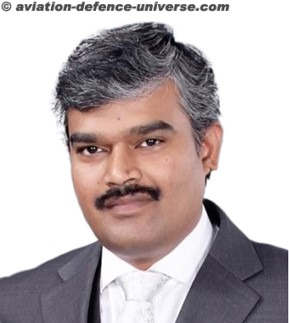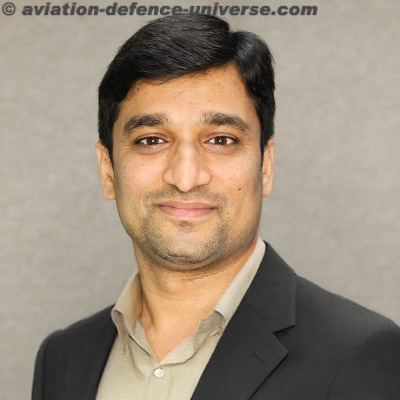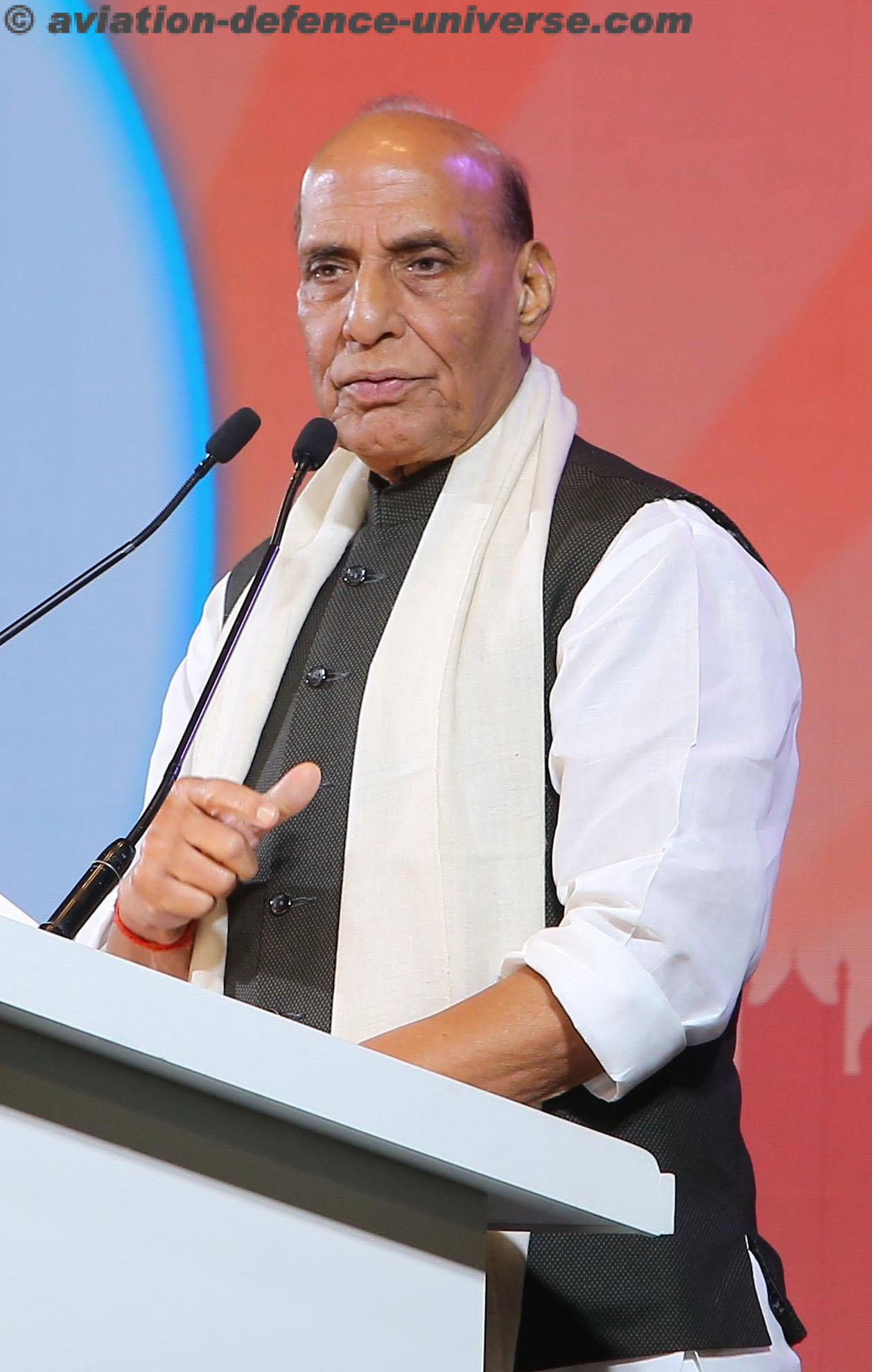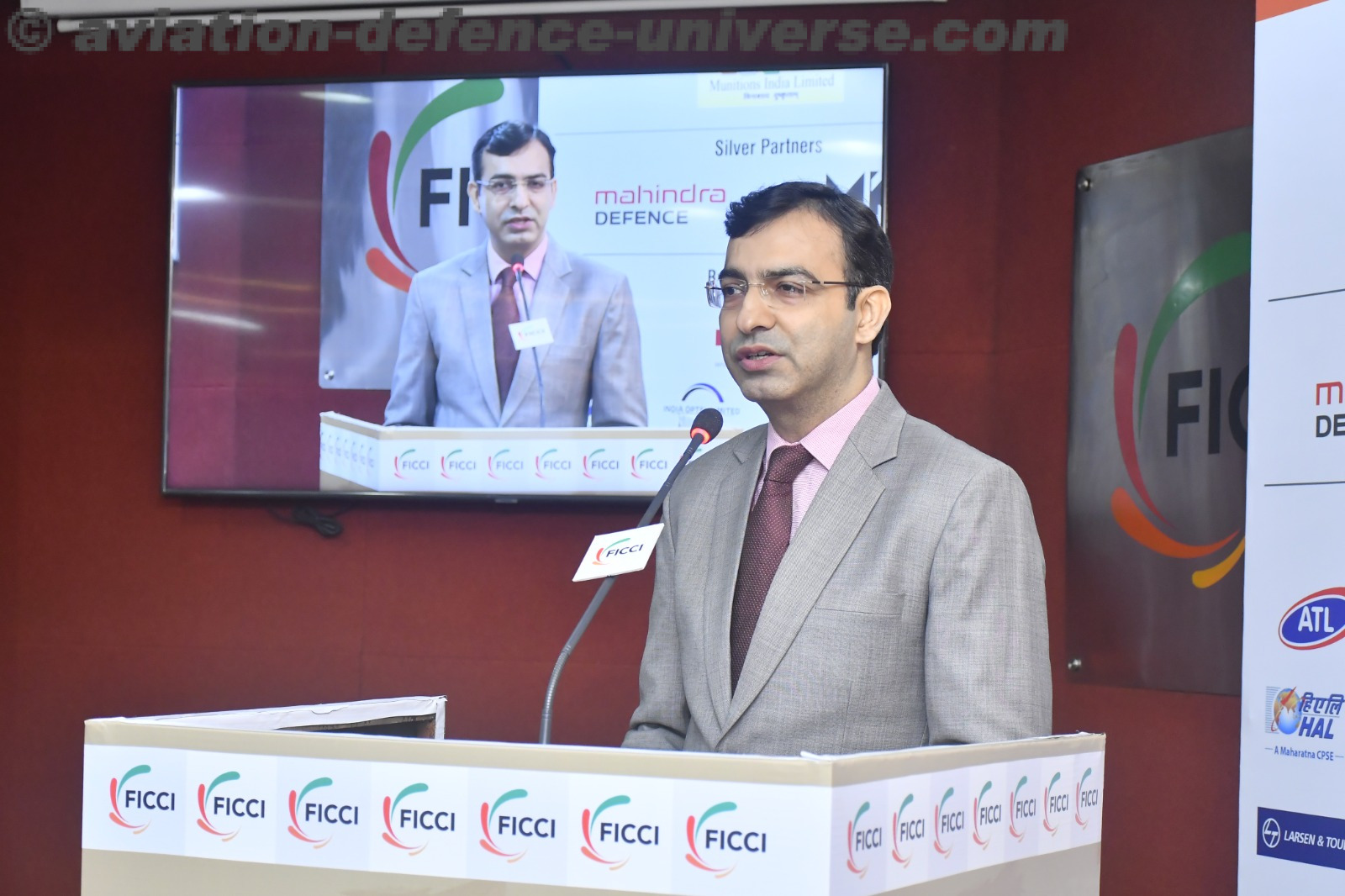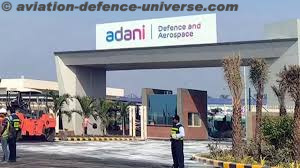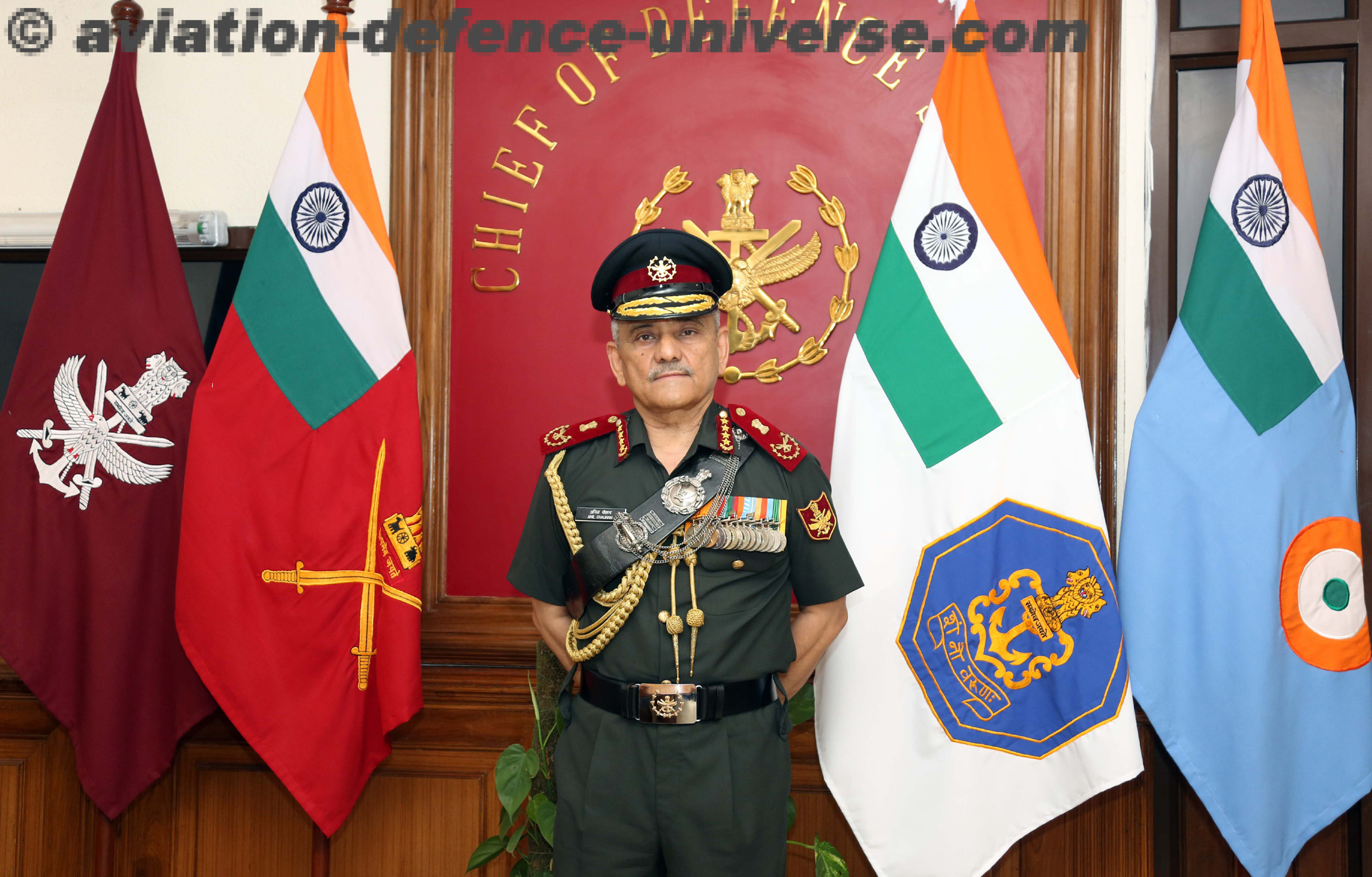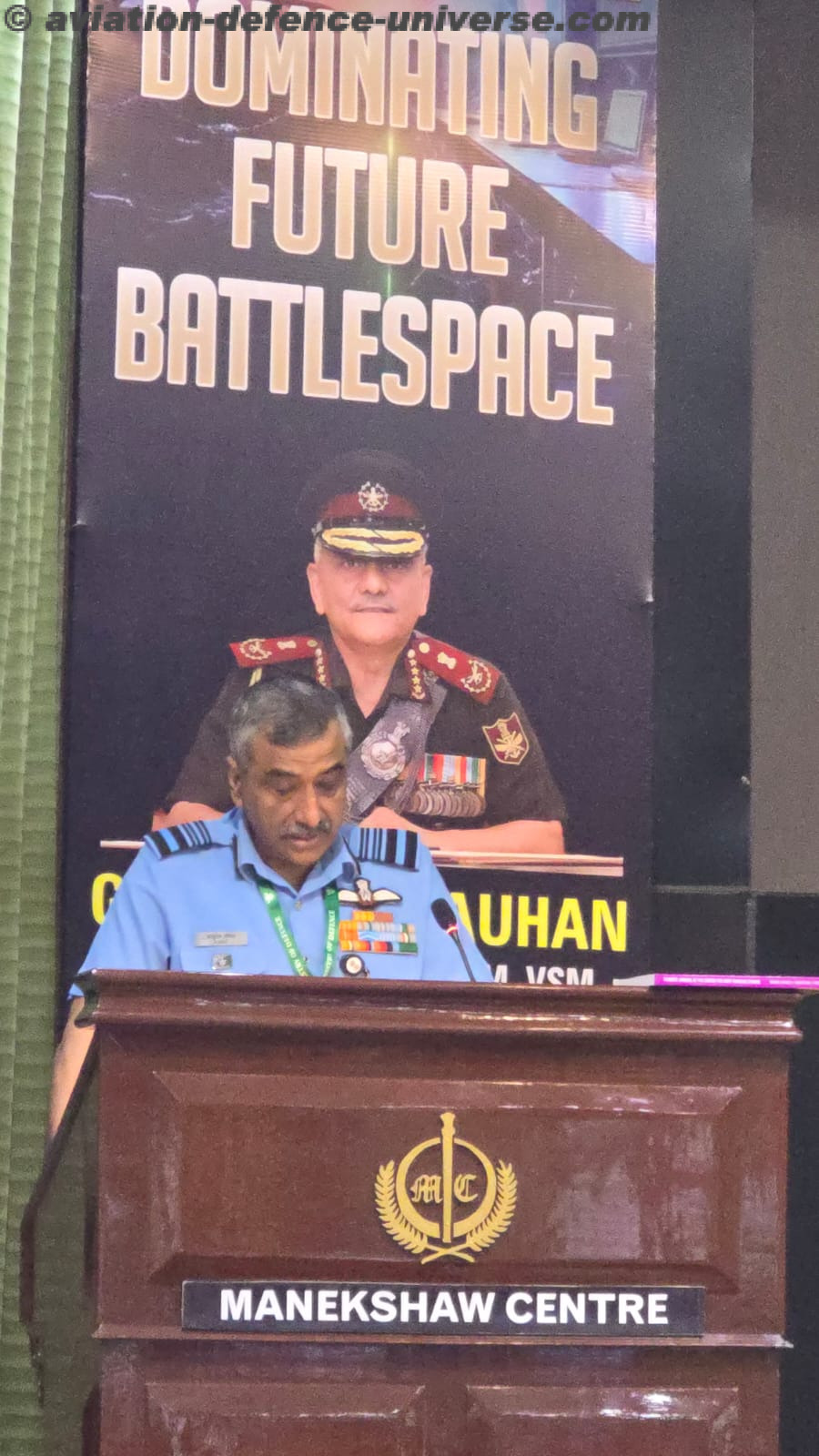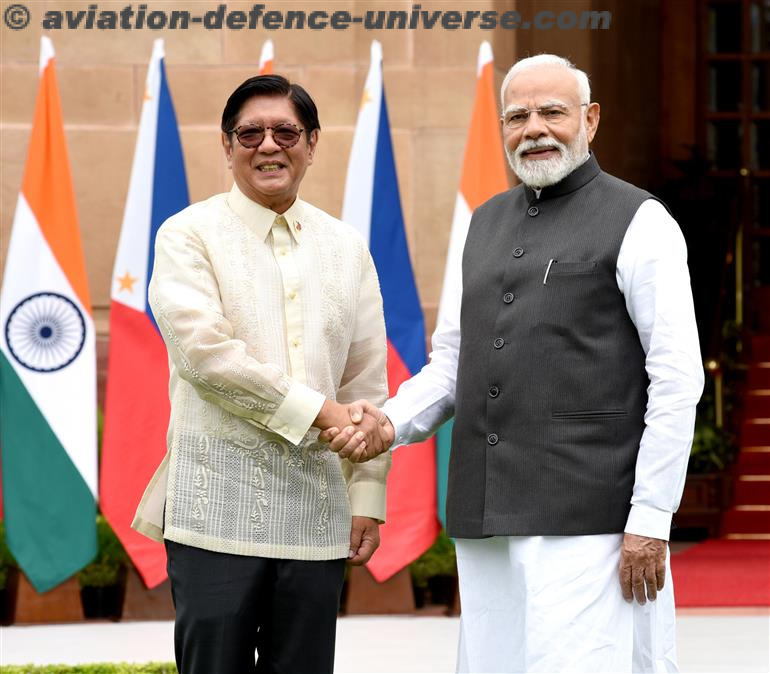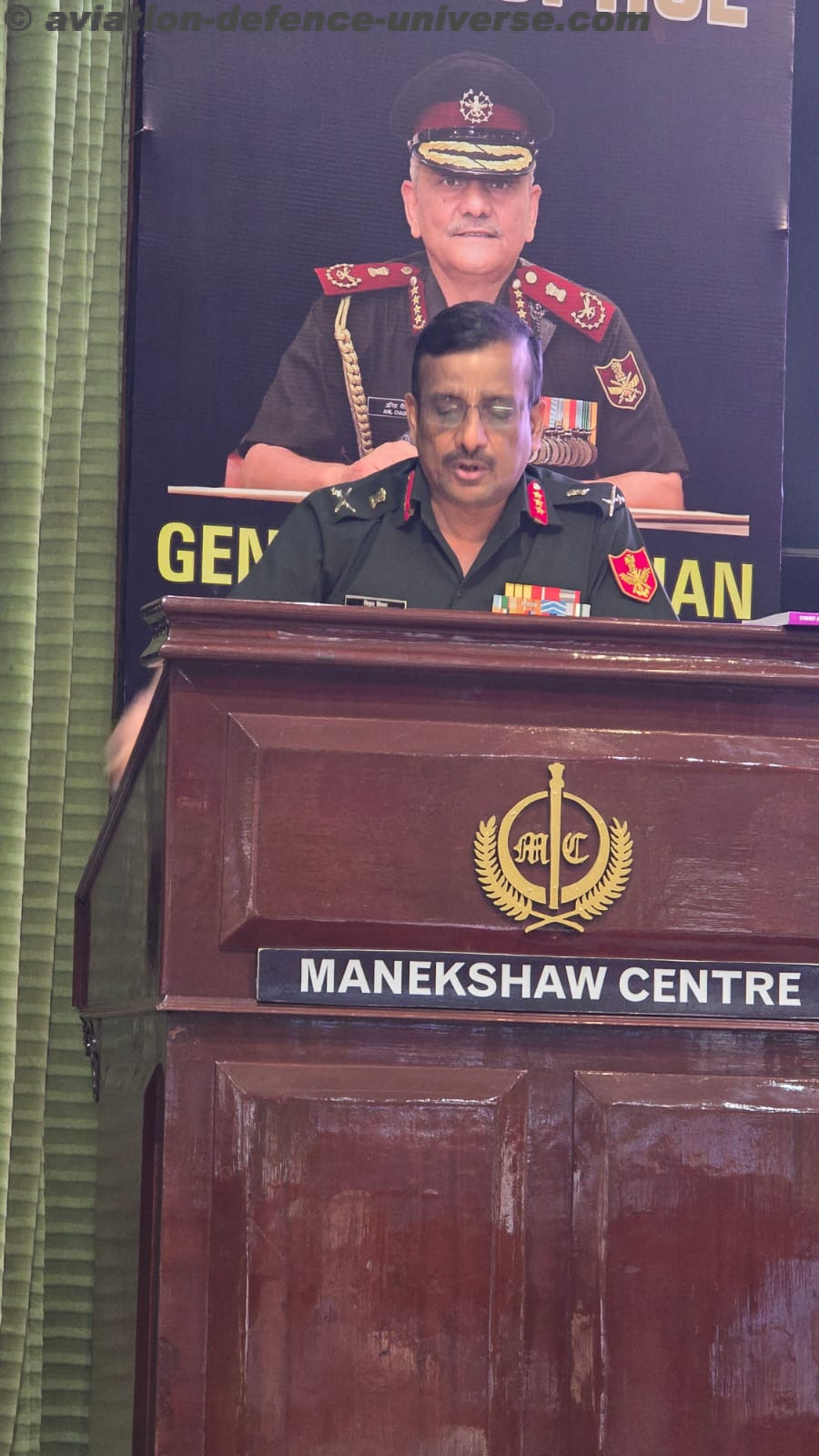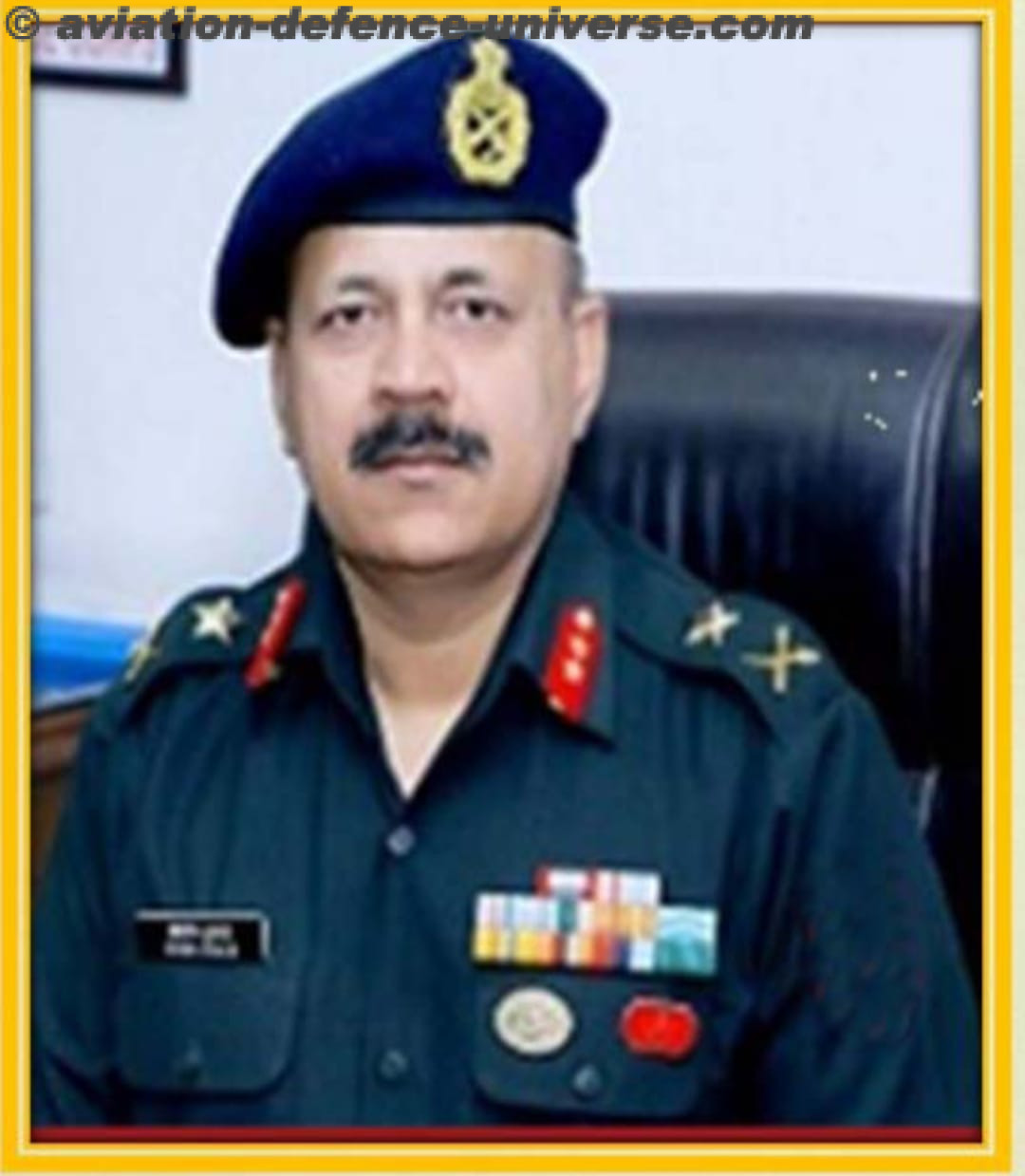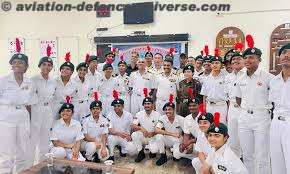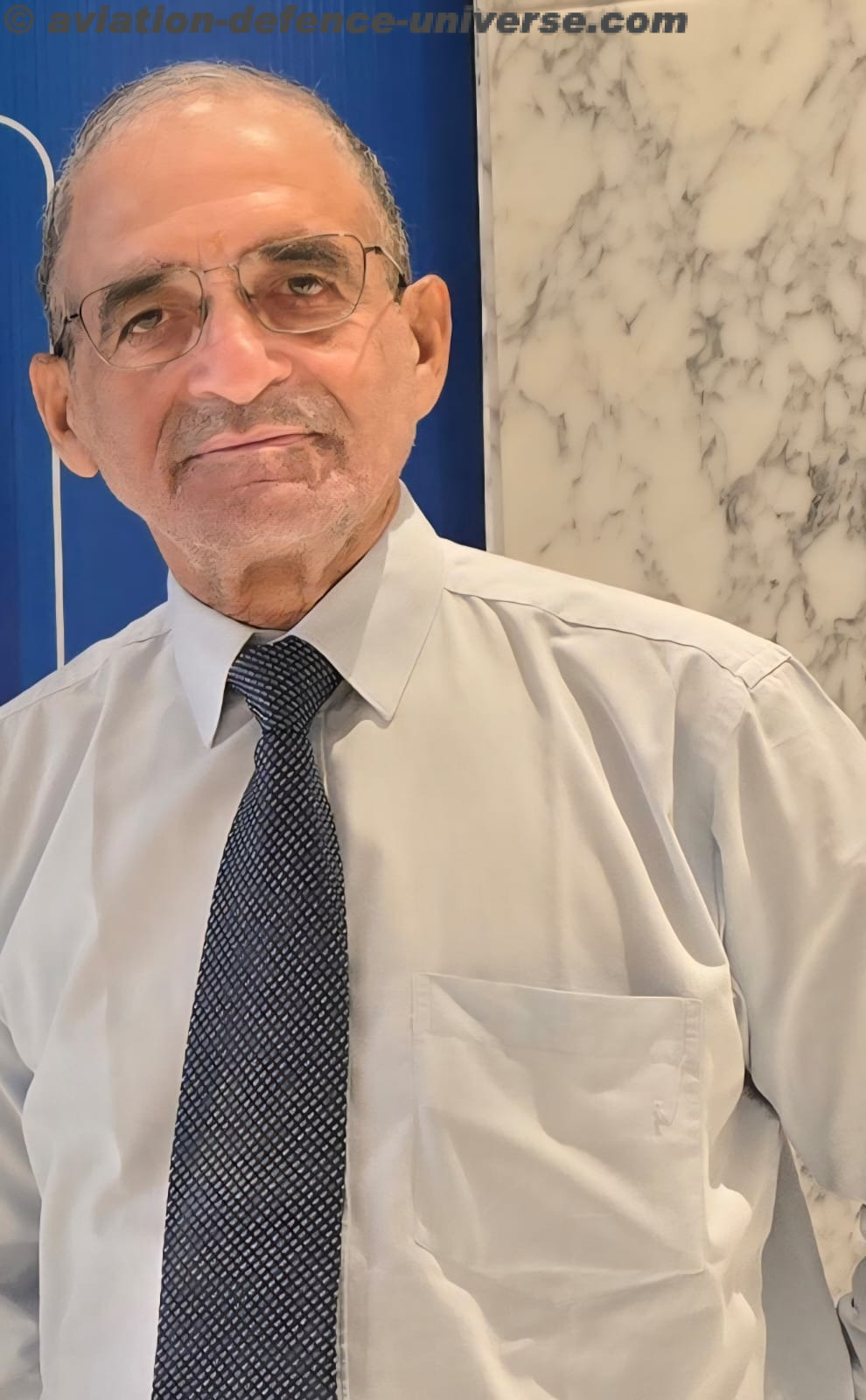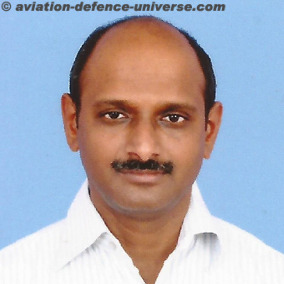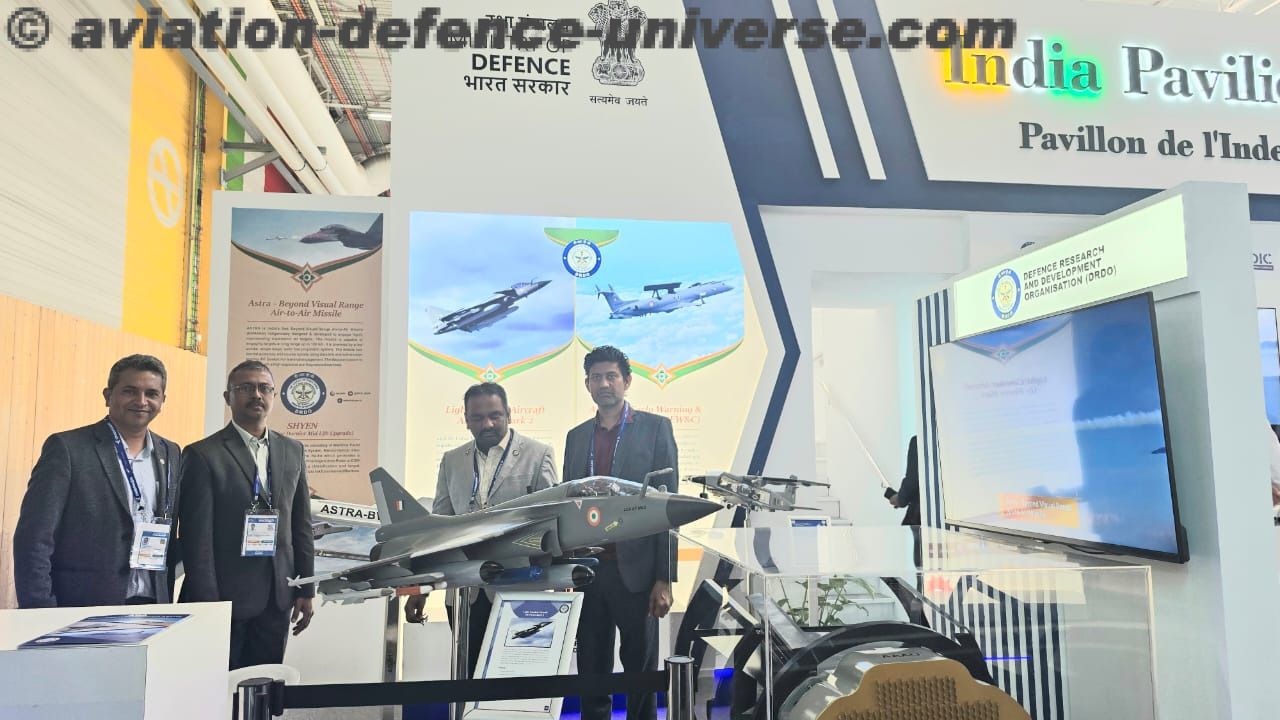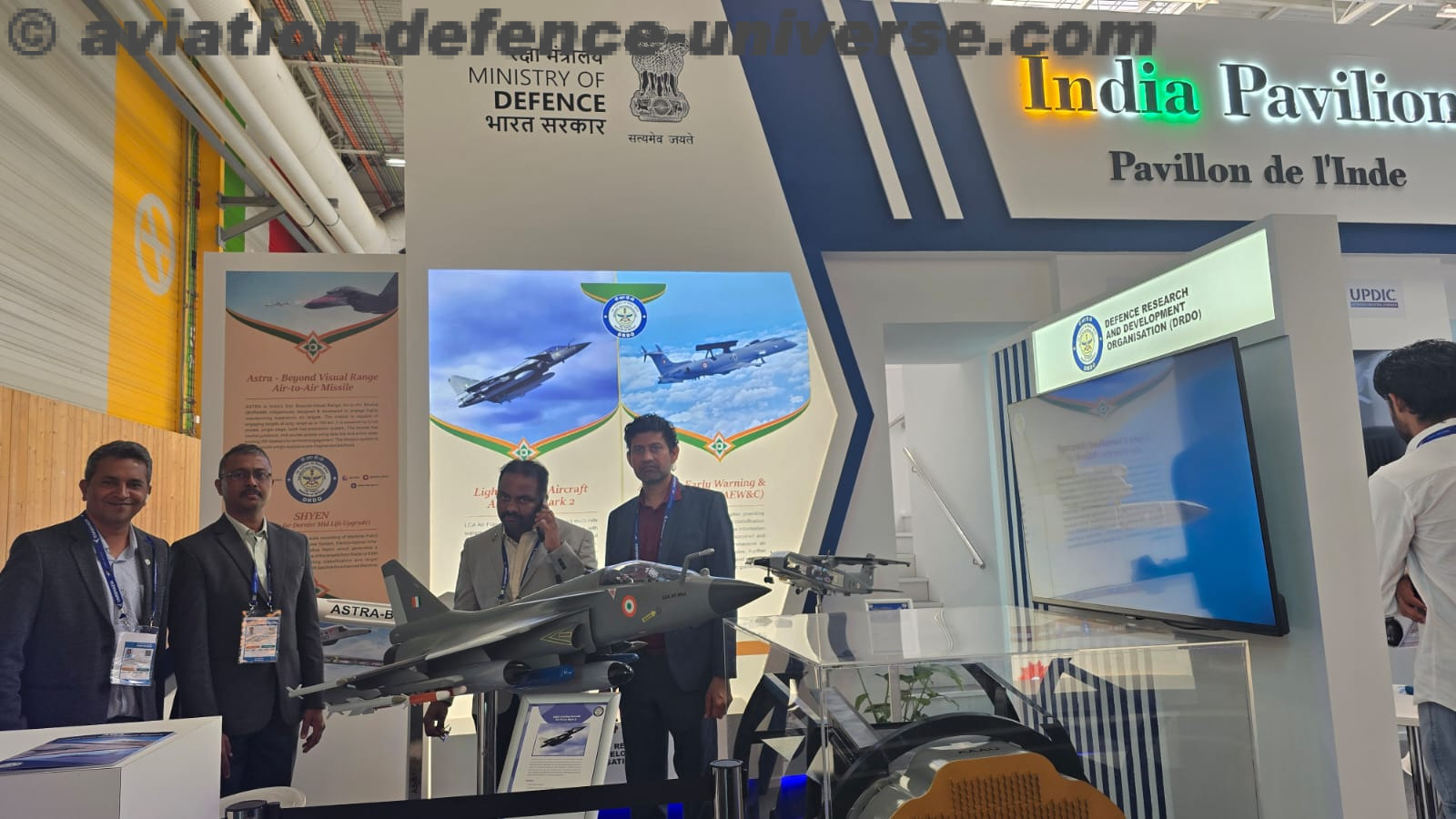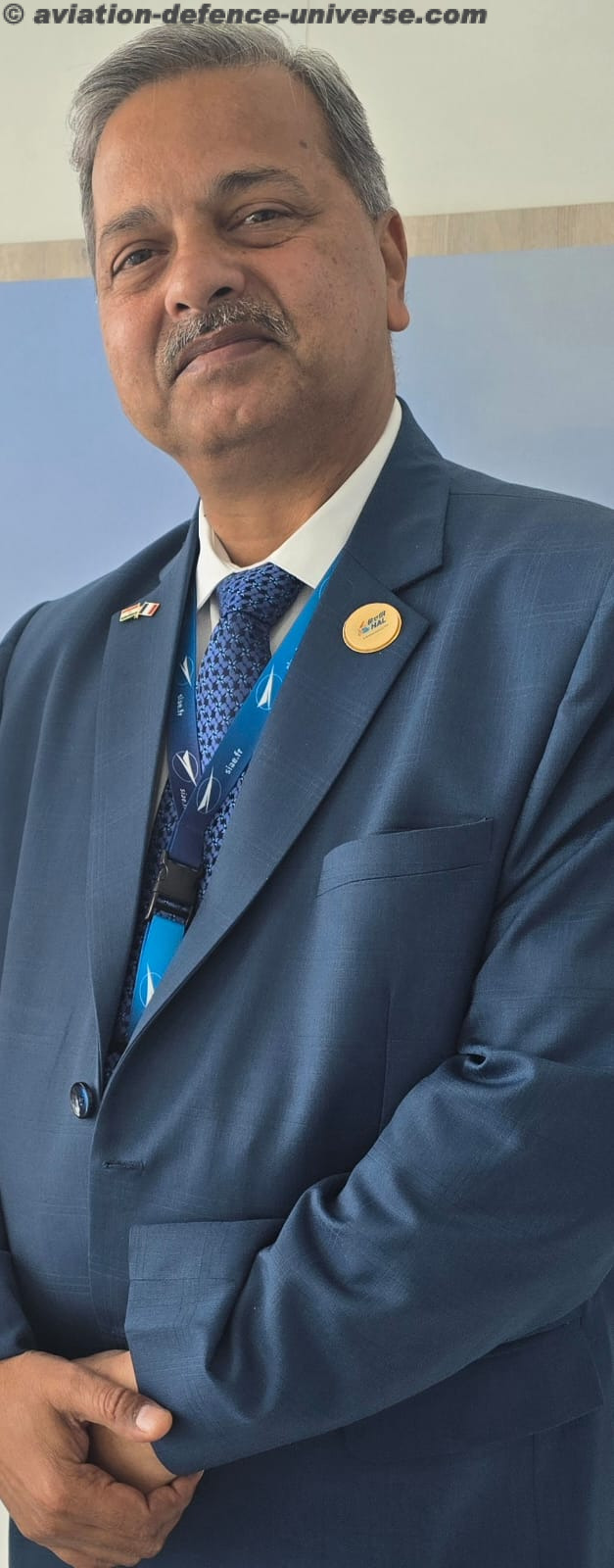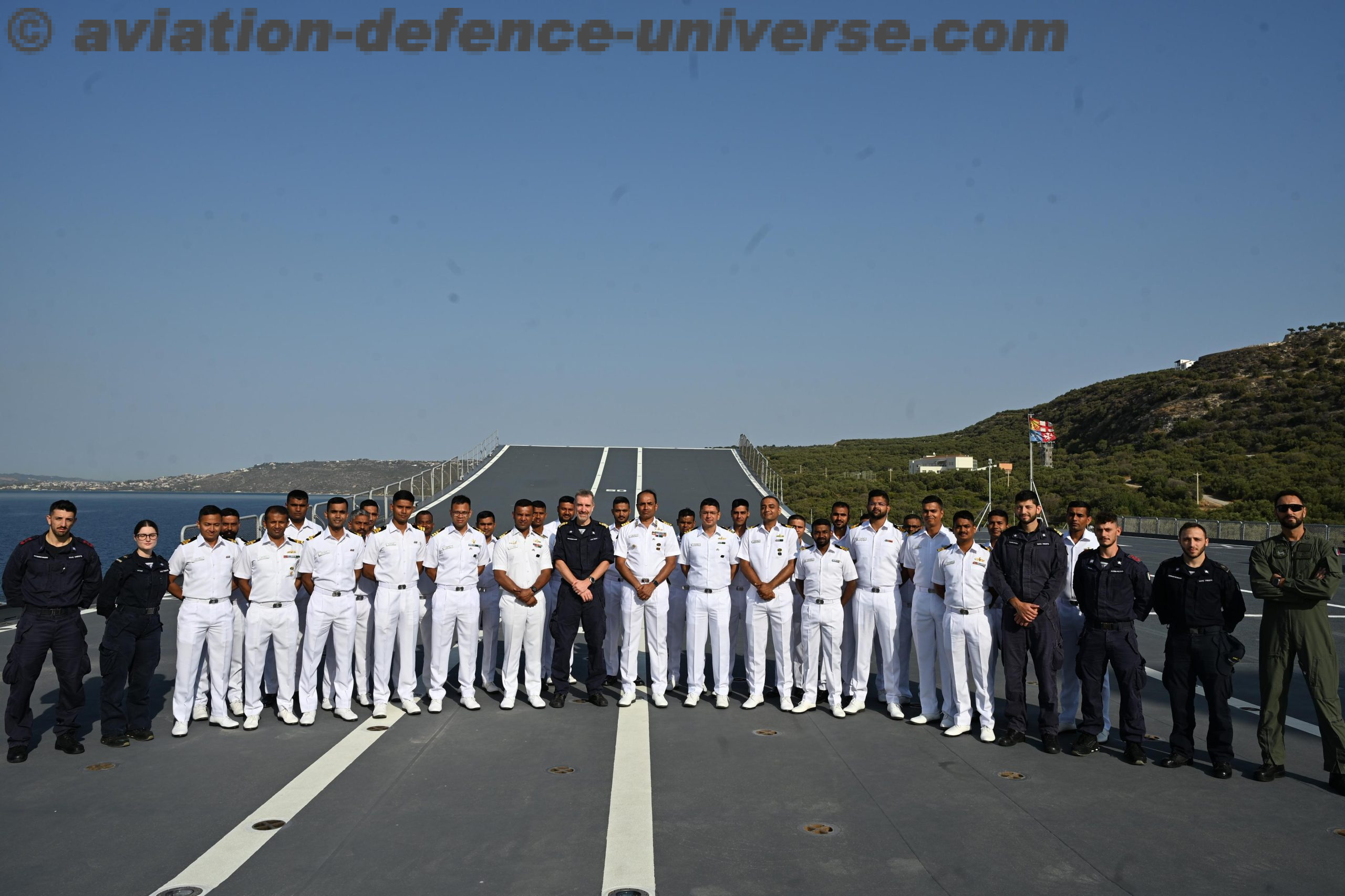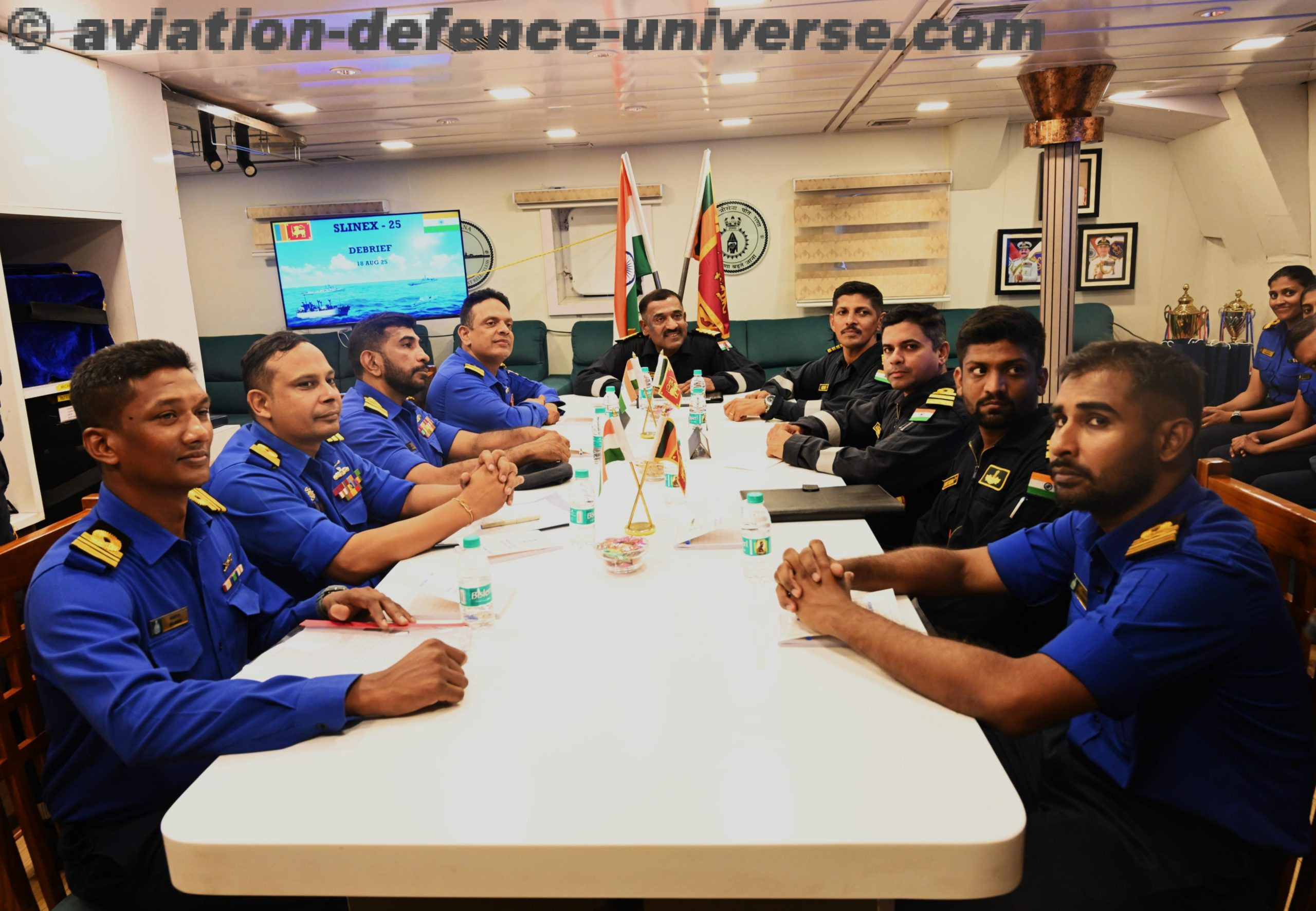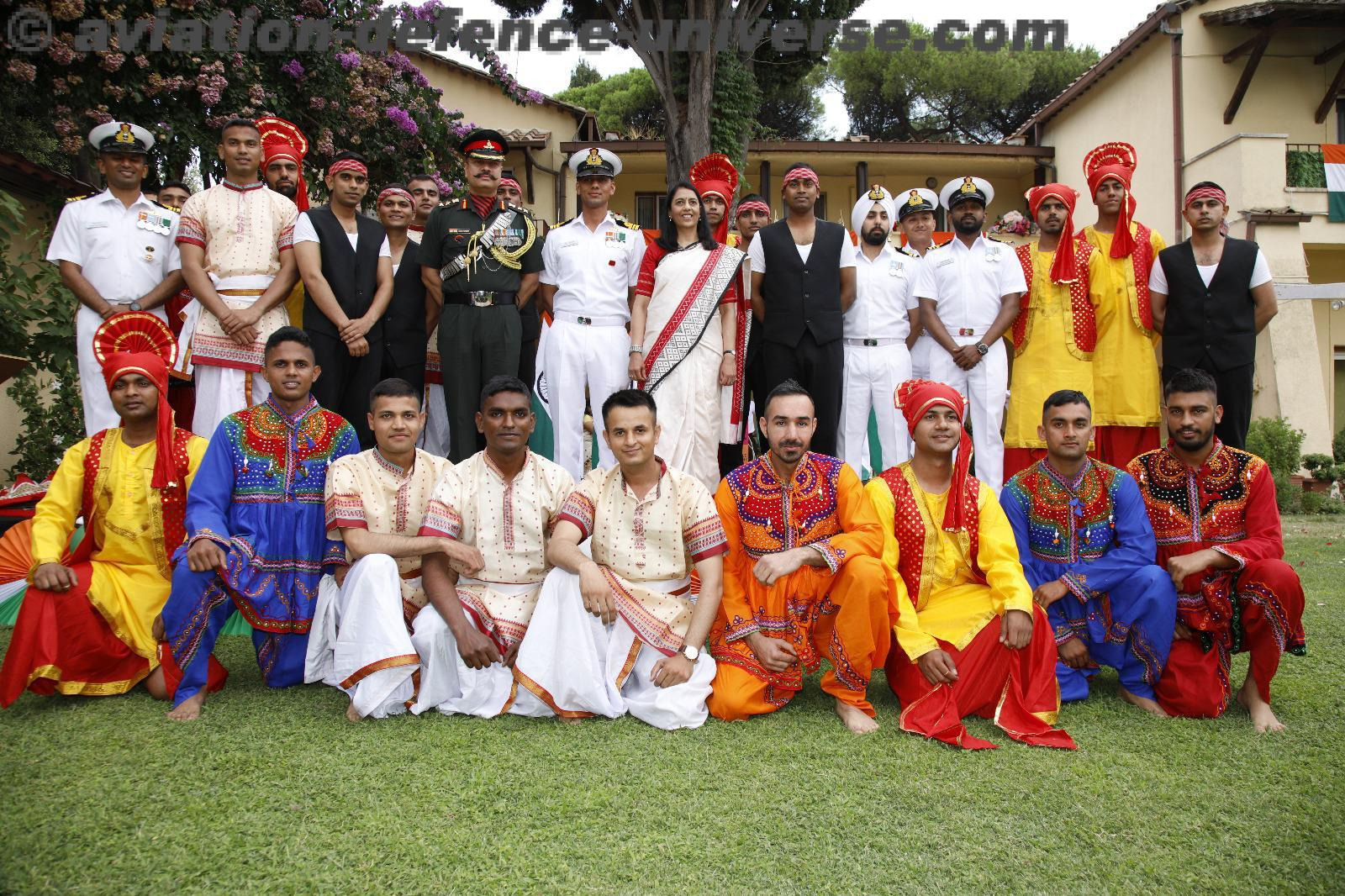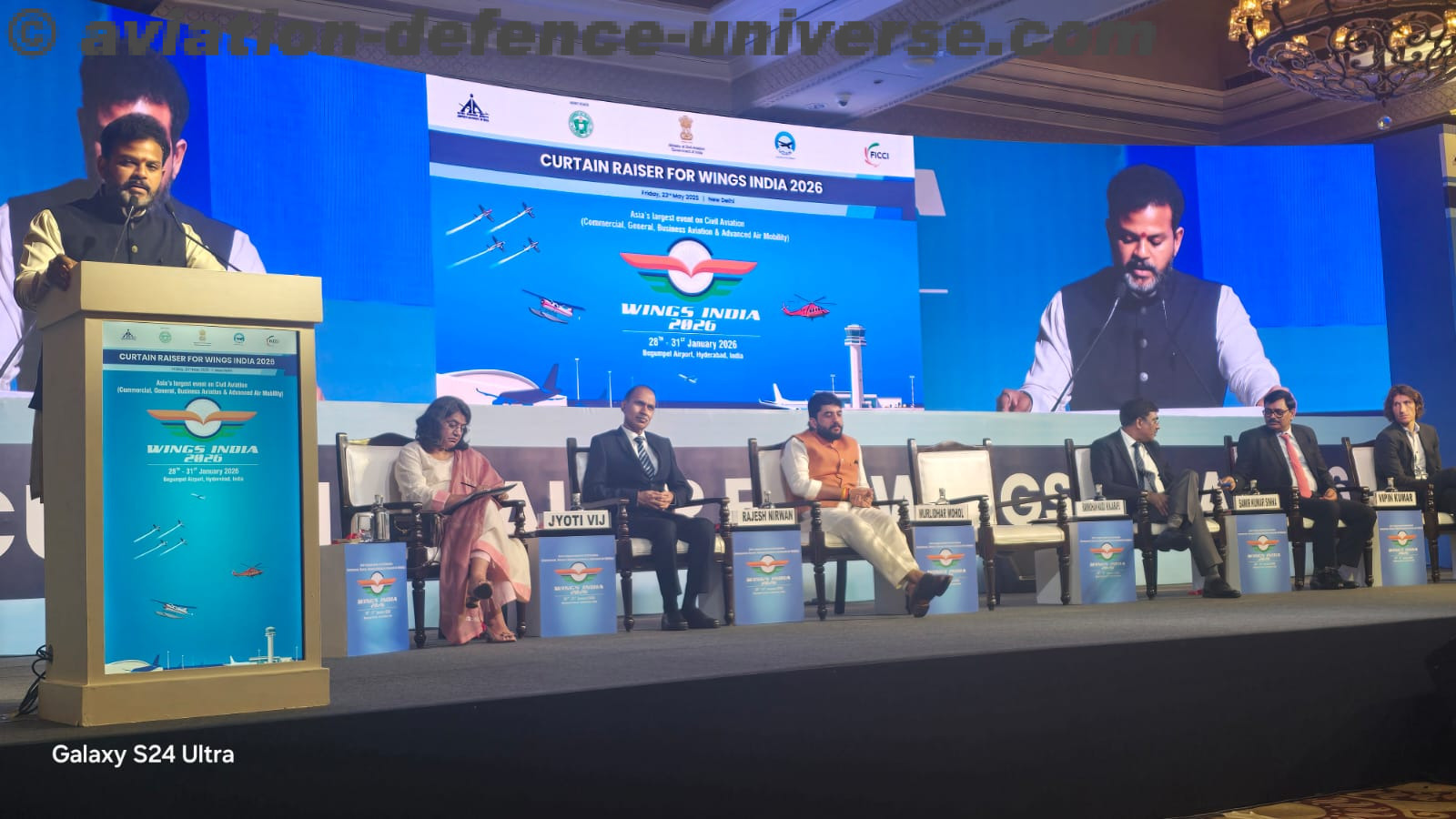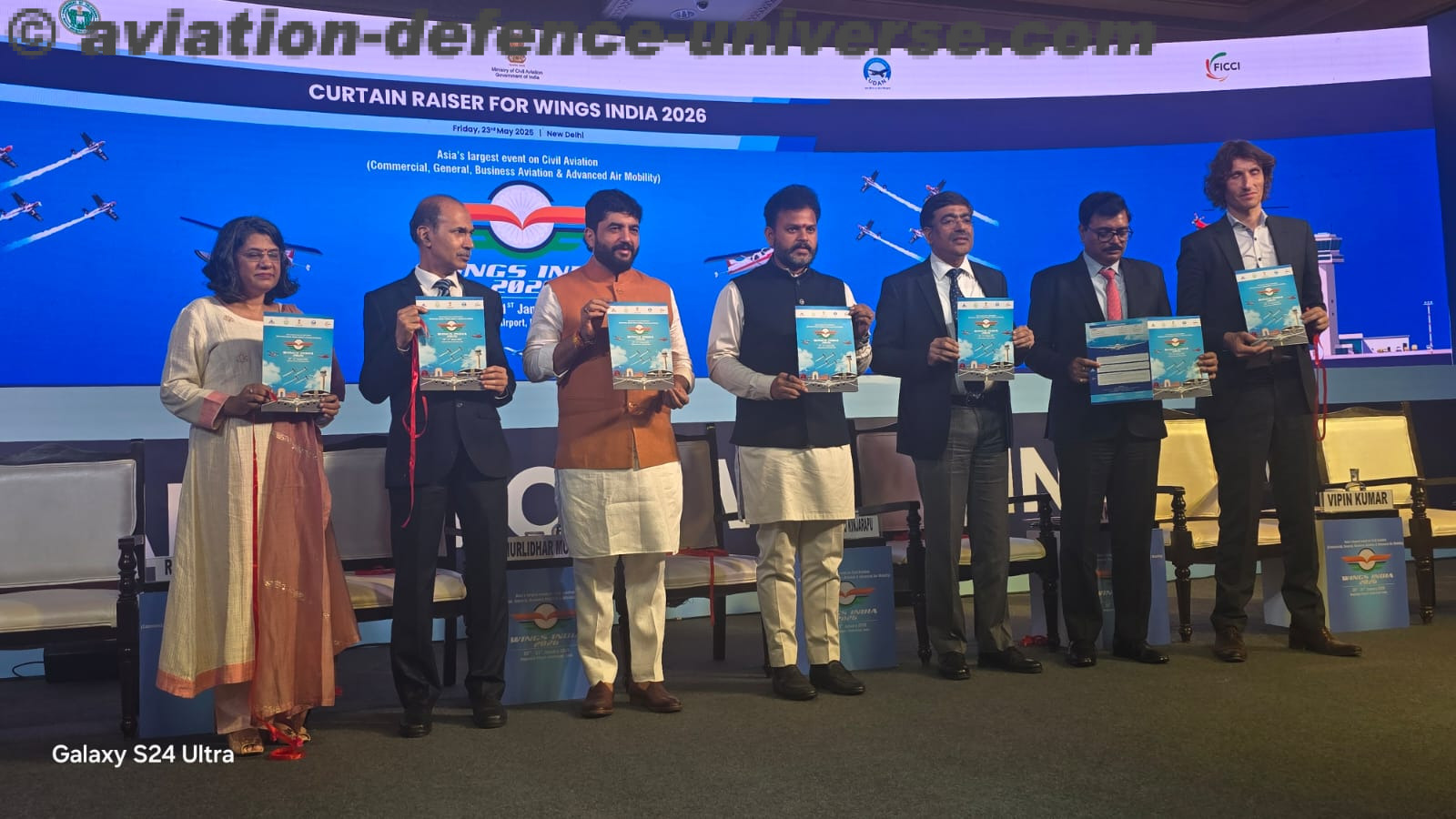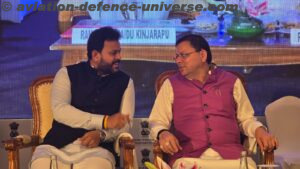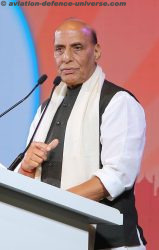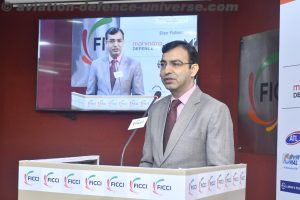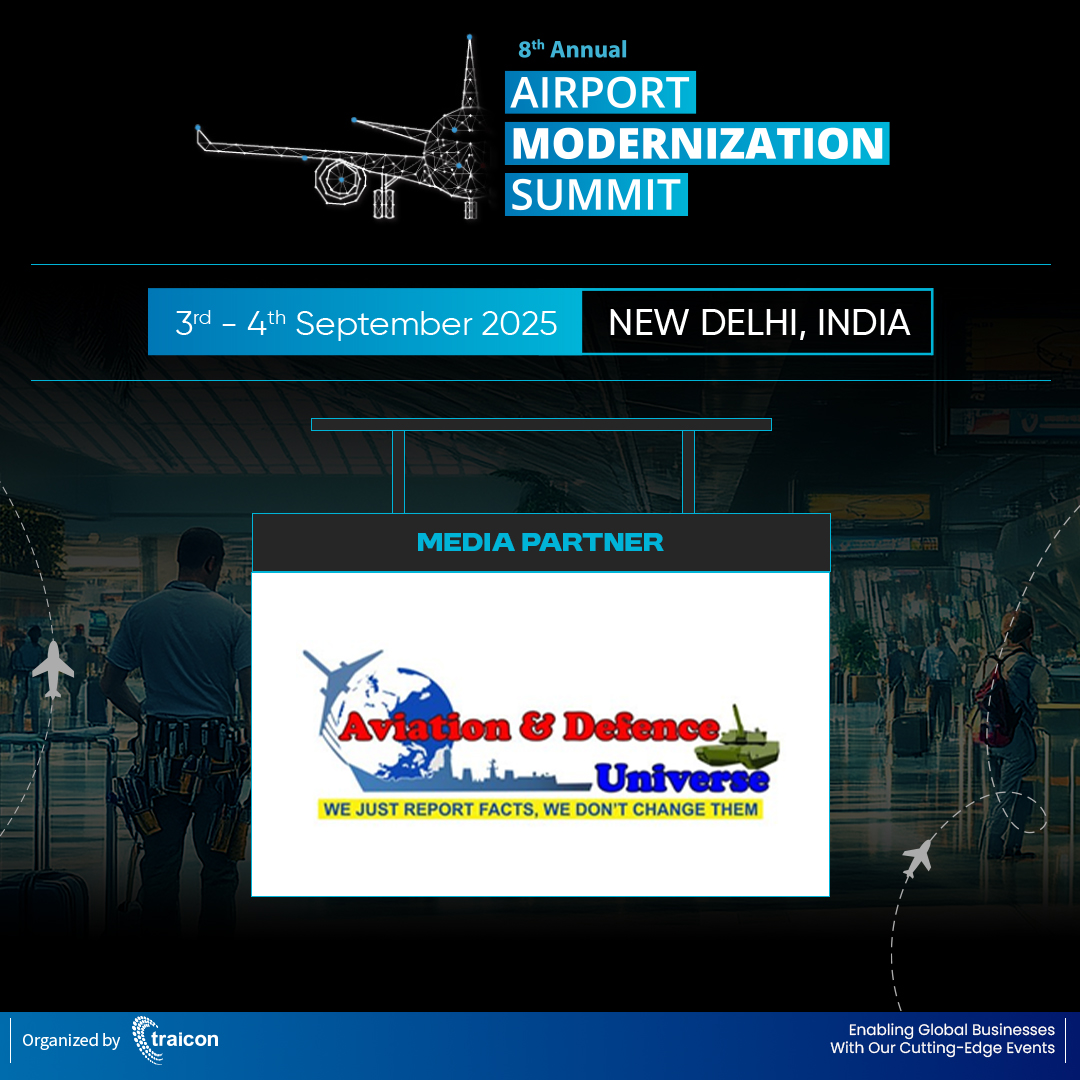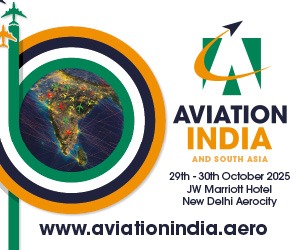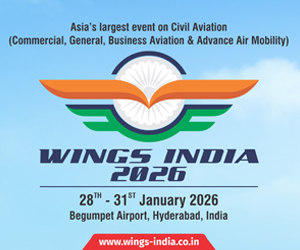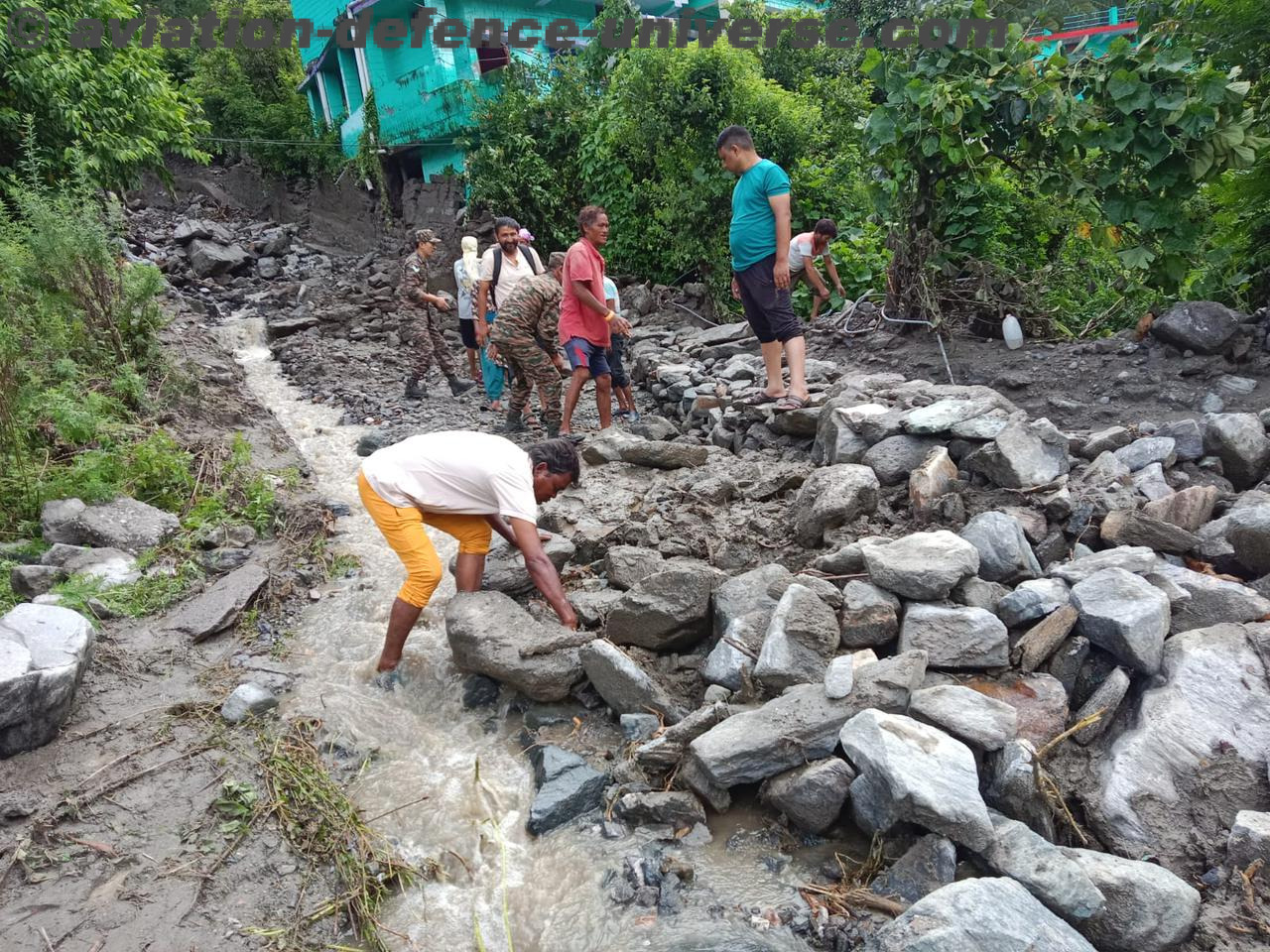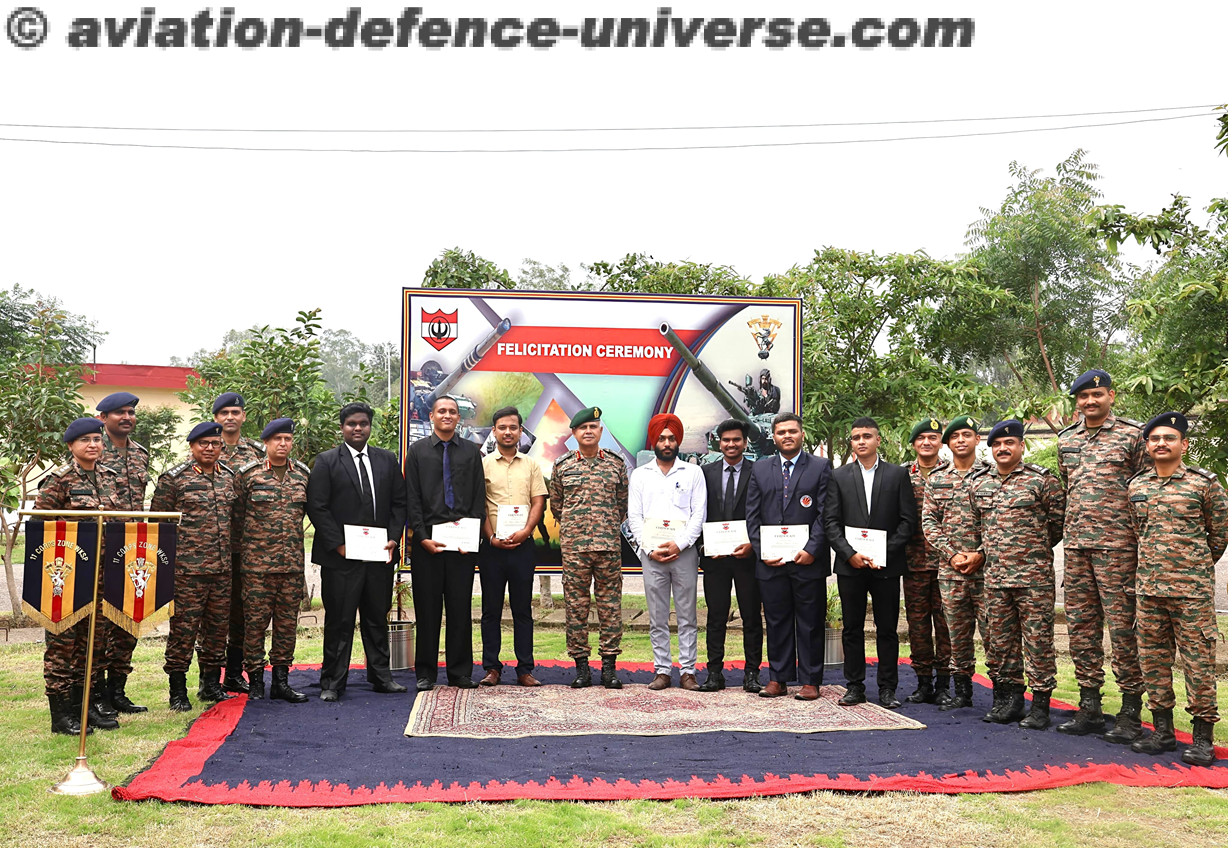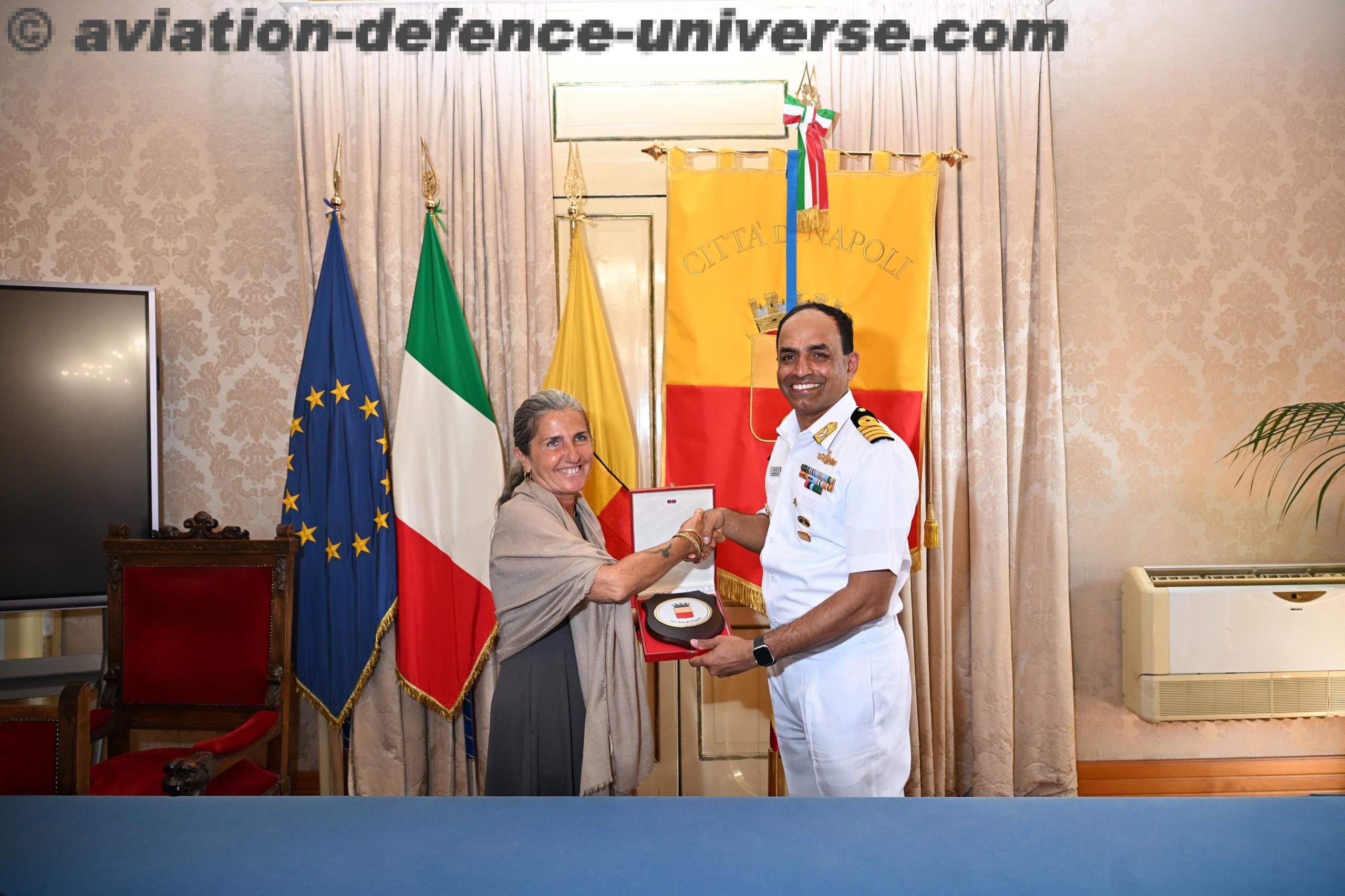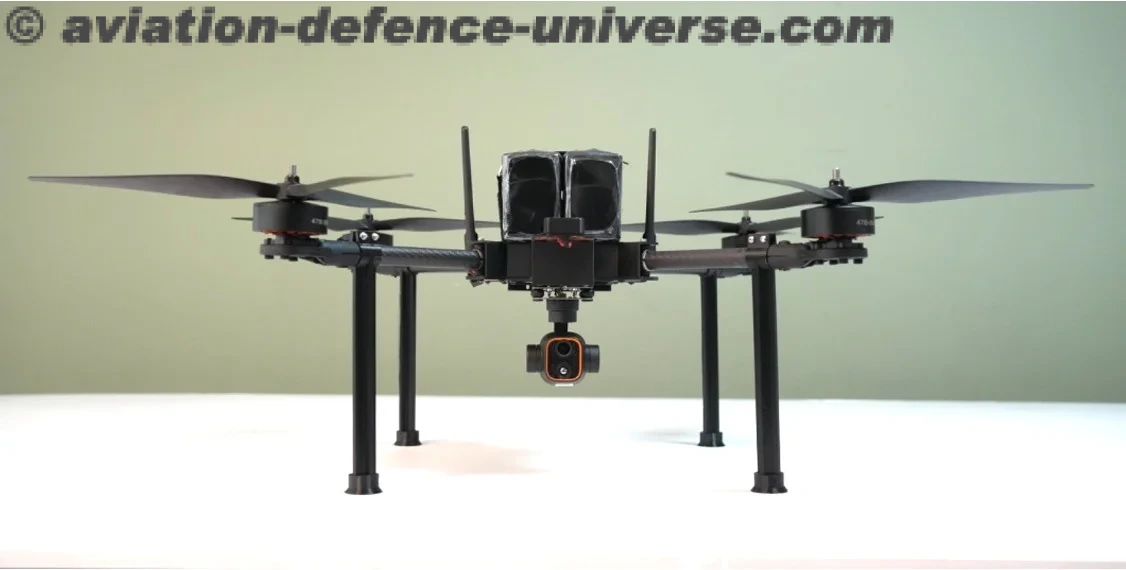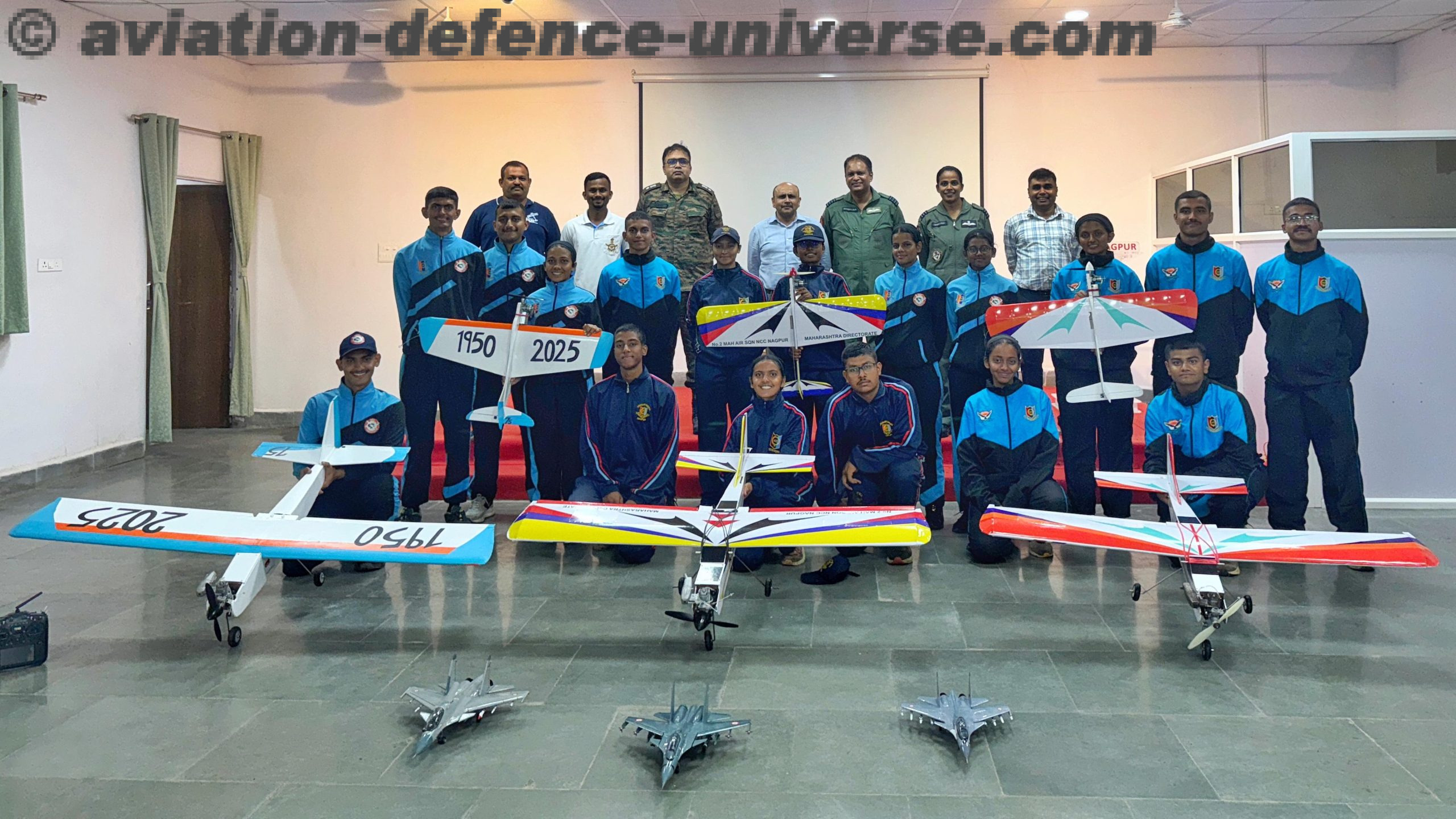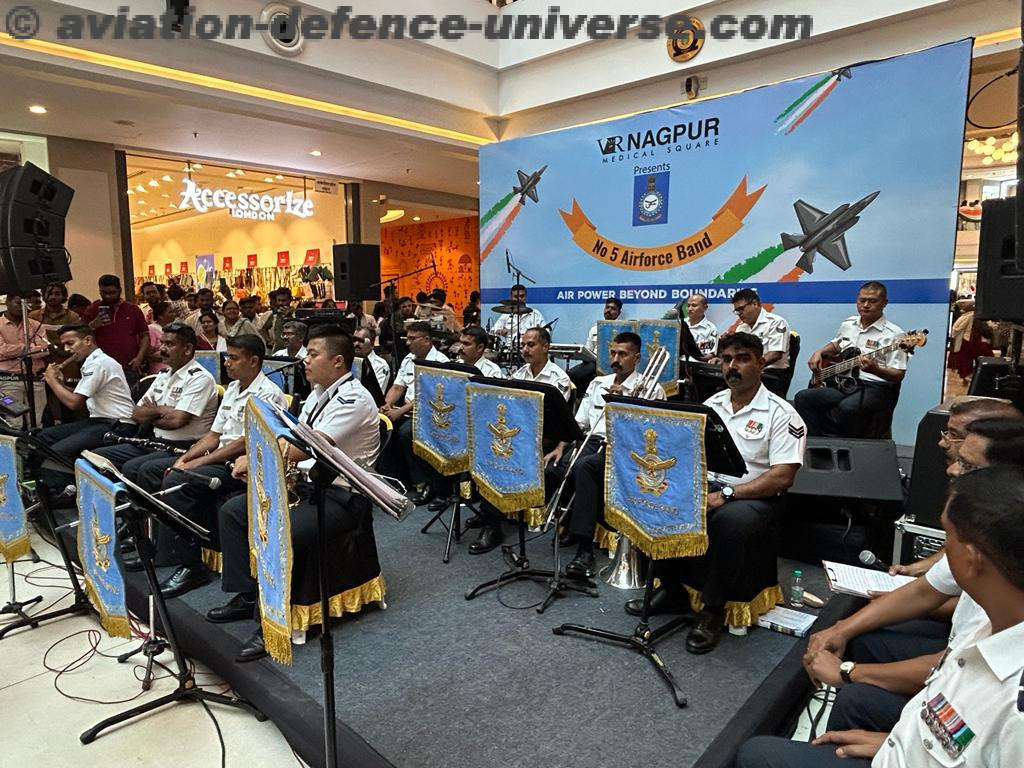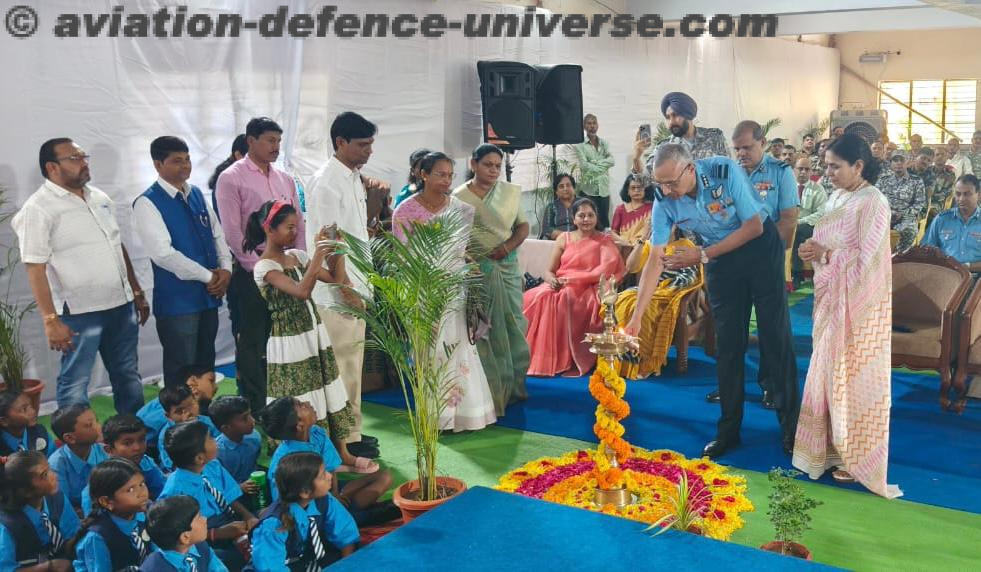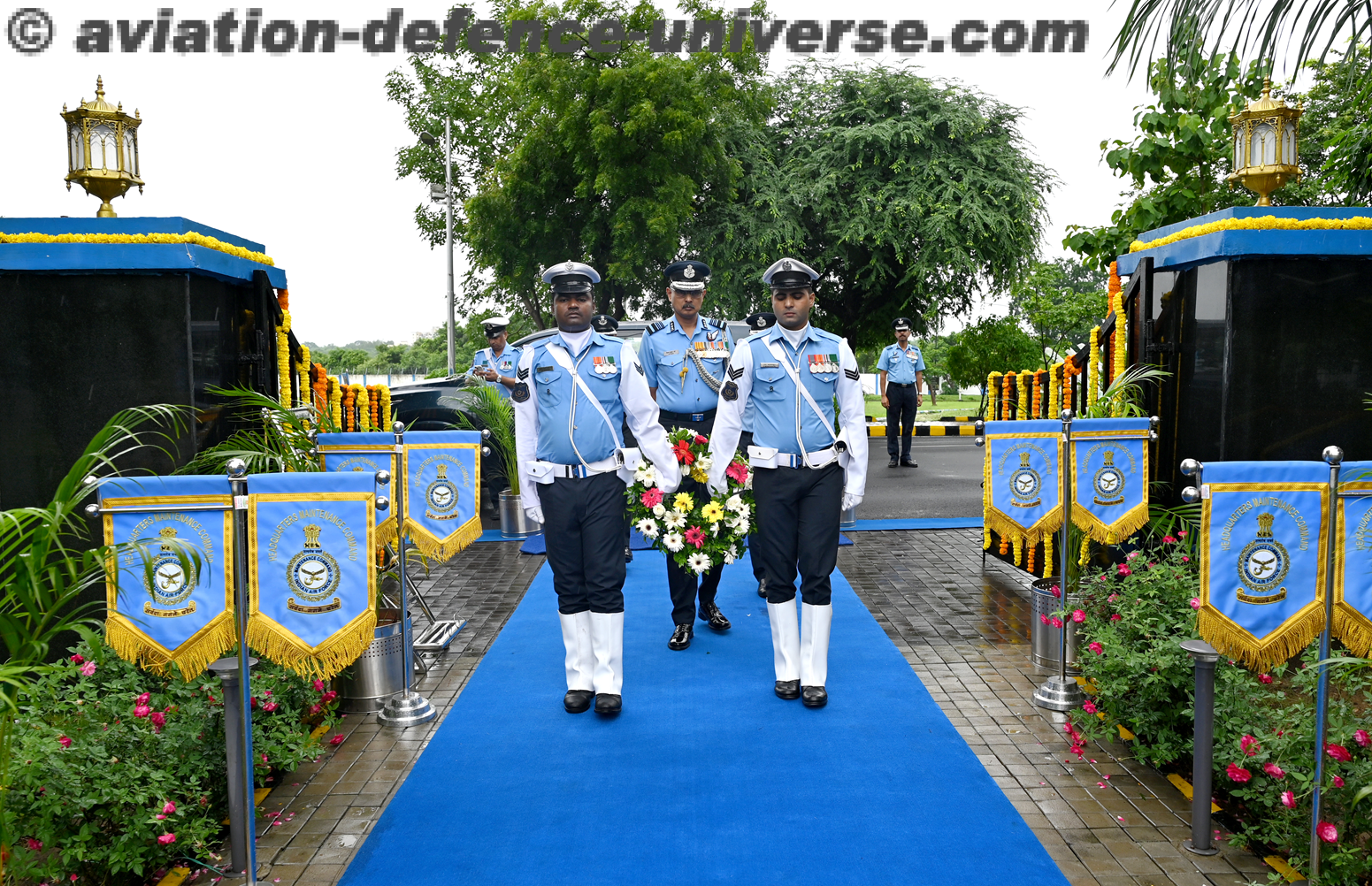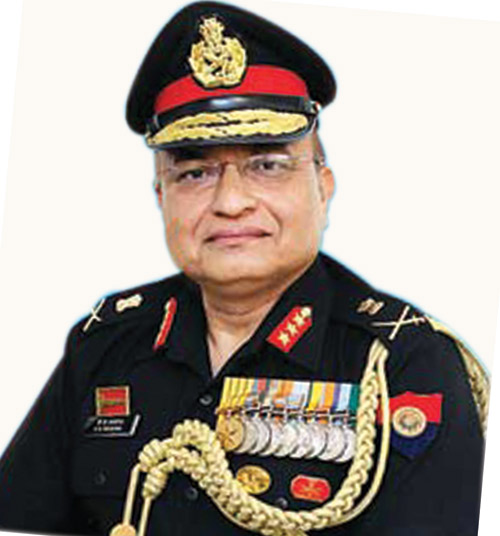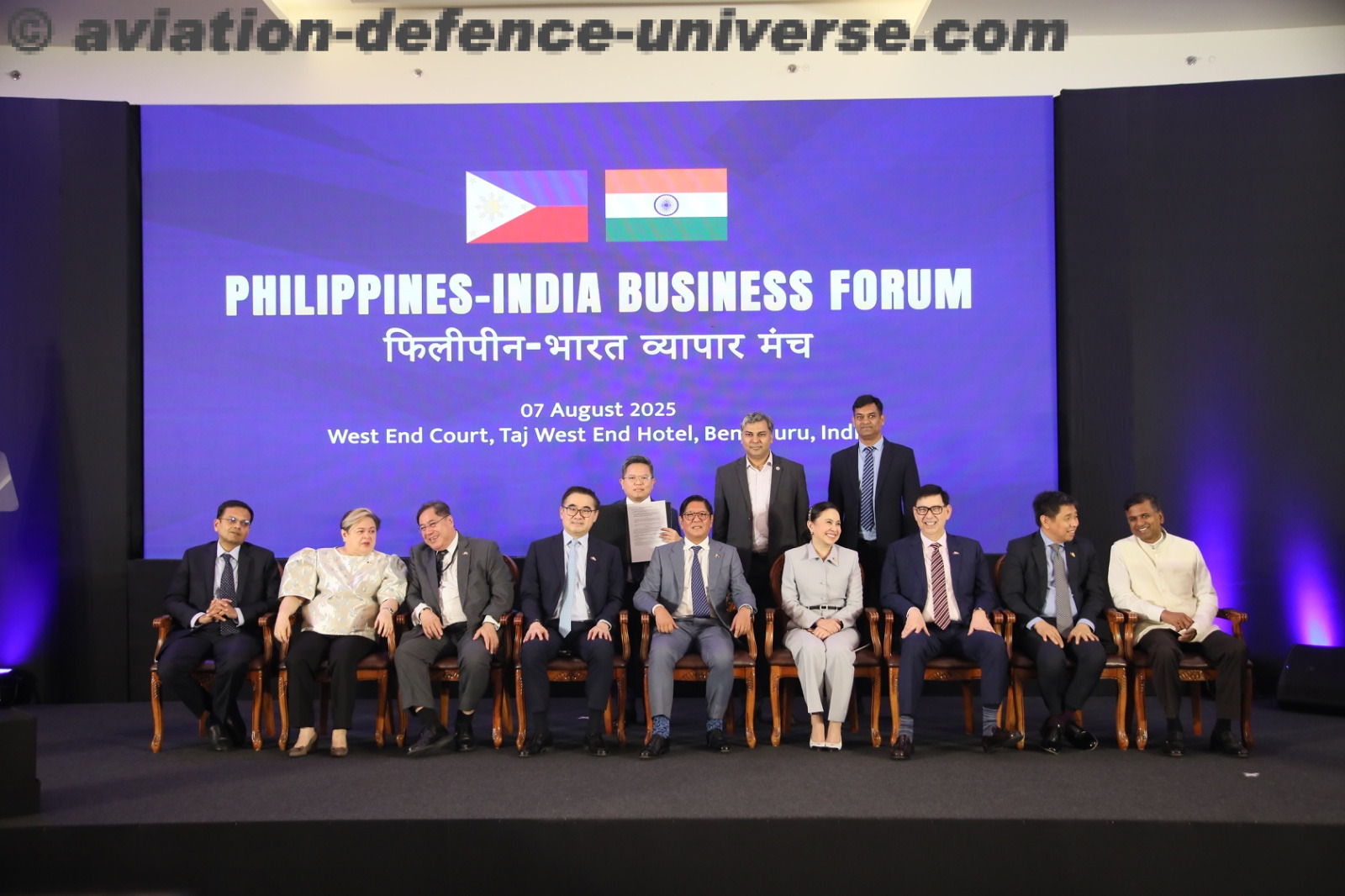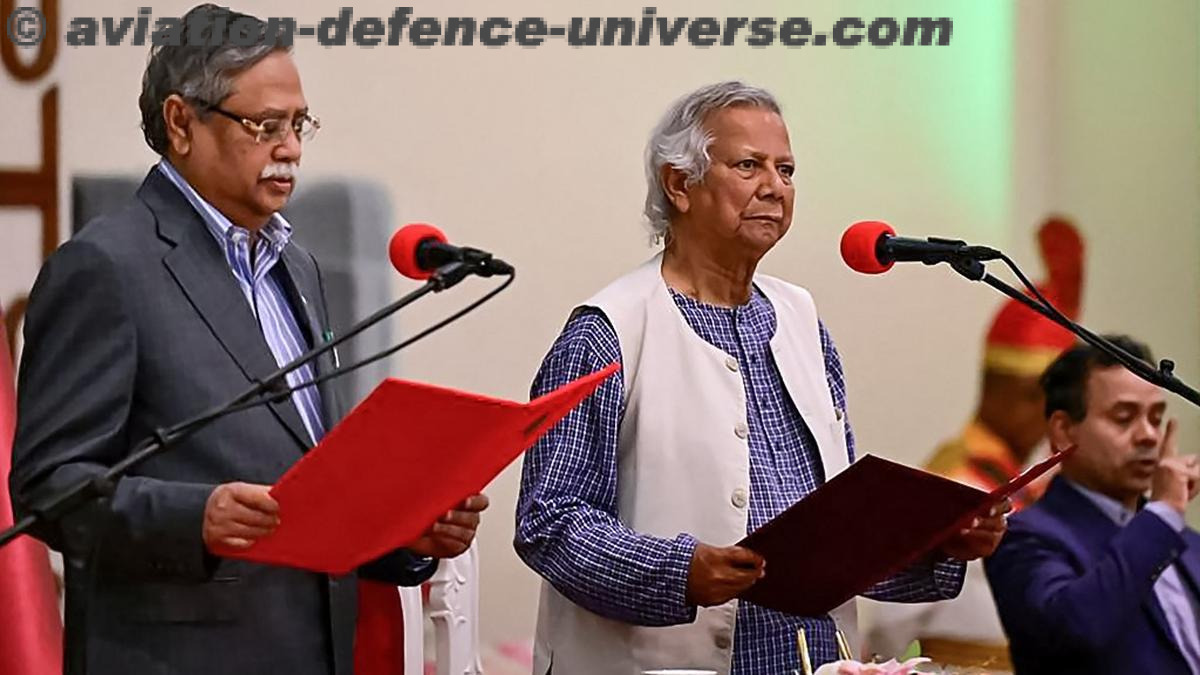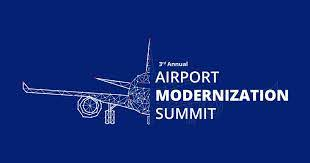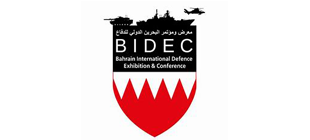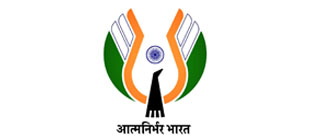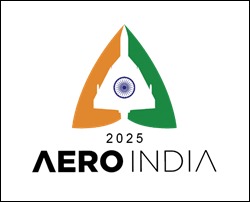- Wings India 2026: Paving the Skies with Progress, Innovation and Inclusion
- UDAN to Air Taxis: India Prepares to Host Biggest-Ever Wings India
- From Infrastructure to Innovation: Wings India 2026 Charts Aviation’s Future
- Aviation for All: India’s Civil Aviation Story to Shine at Wings India 2026
By Sangeeta Saxena
New Delhi. 23 May 2025. In what promises to be the largest and most inclusive celebration of Indian civil aviation yet, Wings India 2026 is being hailed as more than just an industry event. Slated to be held at Begumpet Airport in Hyderabad from January 28 to 31, 2026, this flagship platform will bring together global and domestic stakeholders to shape the future of Indian aviation.
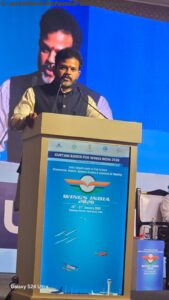
India’s civil aviation sector is experiencing an unprecedented boom. From increasing airport infrastructure and aircraft orders to pushing indigenous manufacturing and sustainability, the country is laying the foundation for a globally competitive and inclusive aviation ecosystem. “India today is not just flying, my friends, it is soaring,” the minister added.
In the last decade, India has more than doubled its operational airports, from 74 in 2014 to 160 today, with plans to add 200 more by 2047. “We want to inaugurate 50 new airports in the next five years,” the minister announced, adding that the sector has connected 1.5 crore people through the UDAN scheme, operationalised over 700 regional routes and launched more than 3 lakh UDAN flights.
India has set forth a forward-looking vision for the growth of its civil aviation sector over the coming decade. A key objective is to significantly expand airport infrastructure, aiming to increase the number of operational airports to more than 400 by 2047. This expansion is designed to improve regional connectivity and bring underserved areas into the national aviation network. Government schemes like UDAN continue to play a pivotal role by enabling air travel access for citizens in smaller cities and towns. The overarching goal is to make flying more accessible, enhance mobility, and drive regional economic development.
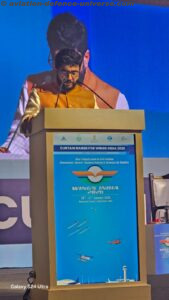
“Under the leadership of Minister Ram Mohan Naidu, we have made significant strides. This is a great achievement, and I am confident we will soon surpass 200 airports. Prime Minister Narendra Modi has said that the UDAN Yojana has launched 690 routes across 88 airports. More than 1.5 crore passengers have benefitted from the UDAN project. The UDAN Yojana has welcomed over 37 crore passengers from across the country. Last year alone, 5 lakh domestic travellers flew in India, setting a new record.”
Another major focus is on developing India as a strategic centre for aircraft maintenance, production, and financial services. With supportive policy reforms and infrastructure like the GIFT City aviation hub, India is working to attract investment in the Maintenance, Repair, and Overhaul (MRO) segment and aircraft leasing. Indian manufacturers are already playing a growing role in the global aerospace supply chain, and efforts are underway to expand domestic production capabilities in avionics, structural components, and emerging aviation technologies such as drones and electric vertical takeoff and landing (eVTOL) aircraft. These initiatives are aligned with India’s broader push for self-reliance and industrial growth.
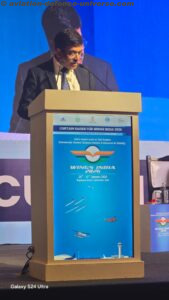
India’s MRO market is growing three times faster than the global average, yet 60% of maintenance is still done abroad. “That is a goldmine of opportunity for domestic and international investors,” he said. Meanwhile, India’s aerospace manufacturing sector already supplies over $2 billion in components annually to global OEMs. “Our goal is to grow this into a $10 billion industry,” he added.
The push toward sustainability is equally strong. “80 of our 160 airports are already running on green energy,” noted the minister. With an aim to reach 5% SAF blending in international flights by 2030 and large biomass reserves, India is positioning itself as a future hub for sustainable aviation fuel.
Environmental sustainability is integral to India’s civil aviation roadmap. The government is encouraging the use of Sustainable Aviation Fuel (SAF) and has set progressive targets to increase its adoption in the coming years. A growing number of airports now operate on renewable energy, and new facilities are being designed with eco-efficiency in mind. Alongside green aviation, there is a parallel push to integrate digital tools and automation to improve operational efficiency. By fostering innovation, encouraging participation from women and youth, and building international partnerships, India is preparing its aviation sector not only for expansion but for a future that is inclusive, smart, and environmentally responsible.
India is also leading the charge on gender inclusion. “India has the highest percentage of women pilots in the world, and their numbers are rising across all domains,” said the Secretary. In a move to further strengthen the future of aviation, the government is welcoming students and young professionals to join the sector. “We look forward to inspiring young Indians to dream of careers in aerospace, aviation, and innovation.”
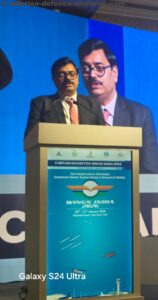
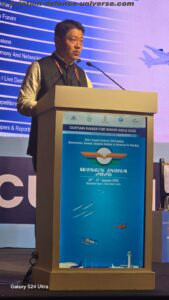
He added, “this year, our focus areas are aircraft component manufacturing, where India has a strong and growing base, and advanced air mobility, which represents the future of aviation. The Wings India Awards will be presented on January 28, with KPMG as the knowledge partner, and will include major and sub-categories.”
Elaborating in the brand positioning of the event he stated, “our pre-event promotion strategy includes national roadshows and regional conferences across all five regions of India. International outreach will include upcoming events like the IATA AGM in New Delhi, the Paris Air Show, ICAO Assembly in Montreal, and the Dubai Air Show.”

Beyond commercial transactions, the partnership includes structured dialogue through platforms such as the Indo-French Joint Working Group on Civil Aviation. This body promotes regular exchange on safety protocols, sustainable aviation strategies, and advancements in air traffic management systems. Both countries are also working together on green aviation initiatives, aiming to improve efficiency and reduce environmental impact. Looking ahead, the cooperation is expected to expand into joint research, co-development of aviation technologies, and greater integration of India into the global aerospace supply chain. As India positions itself as an international aviation hub, its strategic alignment with France plays a vital role in advancing innovation, infrastructure, and sustainability within the sector.
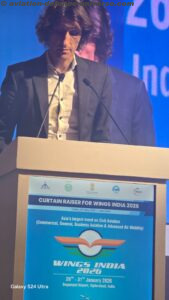
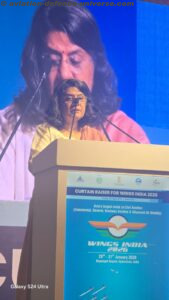
The two Ministers together released the Wings India 2026 App. Ram Mohan Naidu also declared the theme of Wings India 2026 – “Indian Aviation: Paving the Future – from Design to Deployment, Manufacturing to Maintenance, Inclusivity to Innovation and Safety to Sustainability”. The Minister reaffirmed India’s commitment to global aviation with skies full of opportunities, fair policies and sincere partnerships. Minister added, “I am confident that Wings 2026 will build on its legacy, drawing even greater participation from industry partners and aviation enthusiasts from India and across the globe. I perceive Wings India 2026 as more than an event—it is a vision statement, a bold declaration of India’s ambition to not merely participate in global aviation but to lead it”.
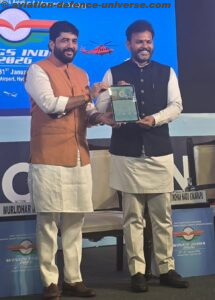
Wings India, earlier known as India Aviation, is a biennial civil aviation event hosted by the Ministry of Civil Aviation, Government of India, in partnership with the Airports Authority of India (AAI) and FICCI. The event was first launched in 2008 under the name India Aviation and took place at Begumpet Airport in Hyderabad, Telangana—a venue that has since become its permanent home. Originally conceived to showcase India’s growing civil aviation capabilities, the event featured aircraft displays, industry exhibitions, and policy discussions. Over the years, Wings India has grown into Asia’s leading civil aviation exhibition, covering commercial, business, and general aviation sectors. It offers a collaborative platform for aviation stakeholders to engage in business networking, demonstrate technological advancements, and deliberate on the sector’s future. With each edition, it reflects India’s expanding footprint in global aviation and underscores its ambitions to become a major hub for innovation, connectivity, and sustainable growth in the skies.



